IS IT TRULY better to burn out than fade away? What about the scar that runs through rock’s history of artists whose life has ended at the too-young age of twenty-seven? What is the common thread? Tell you the truth, I’d never given much thought to the 27 Club. Until Bukowski expert Howard Sounes wrote a new book investigating the history of the club. So I decided to give him a call.
Let’s start by identifying the principle members of the 27 club.
In order of demise, the book concerns Brian Jones of the Rolling Stones (died 1969), Jimi Hendrix (1970), Janis Joplin (1970), Jim Morrison of the Doors(1971), Kurt Cobain of Nirvana (1994) and Amy Winehouse (2011.) There is also a back story of forty-four other music industry figures who also died at age 27.
Besides dying at 27, what were their similarities?
The point of the book is to look at the six main lives – the Big Six listed above, who have become notorious as ‘the 27 Club’ – to see what factors they had in common that might explain why they all met a premature end. The fact that they all died at 27 is a coincidence. But what we find is that they were remarkably similar people with similarly difficult backgrounds. Many had personality disorders bordering on mental illness. They started to use drink and drugs to excess early in life. Success came in a rush in their early twenties, and they didn’t cope well with it. Many were also surrounded by people who were not good for them in various ways: users and flakes with their own problems and issues. But ultimately the artists themselves were responsible for their deaths. They were all self-destructive to the point of killing themselves – directly or indirectly. This is a book about mental illness, self-destruction and death. It makes for grim but fascinating reading.
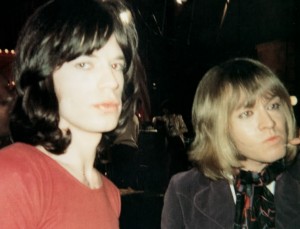 In most cases, it seems that dying at 27 has helped an artist’s legacy. Why do you think history has been so unkind to Brian Jones?
In most cases, it seems that dying at 27 has helped an artist’s legacy. Why do you think history has been so unkind to Brian Jones?
Brian was, I think, the least likable of the main 27s: a whiny, weak, unpleasant little man, petulant, sulky, and violent. He just wasn’t a nice guy. He was also overshadowed by Mick Jagger, and he left the Stones before the Stones came into their own in the early 1970s as a piratical, swaggering rock n roll band. He is not part of that story. So he is not as well remembered as the other 27s, who died at the height of their fame, when they were making their greatest music.
As a crime investigator/writer, which case did you find most fascinating and  why?
why?
These aren’t crimes. These are suicides – directly or not. What is interesting to me as a writer is the psychology of the individual artists and the process of charting their sickening slide towards death. You can see them all going to Hell, and not really caring. I found Jim Morrison’s last days in Paris and Kurt Cobain’s last days in Seattle particularly fascinating to research and write about. When we look at somebody’s last days we inevitably think of our own mortality. It focuses the mind. It is a stimulating subject. And Amy Winehouse was a particularly likable, even lovable person. So her demise has extra poignancy.
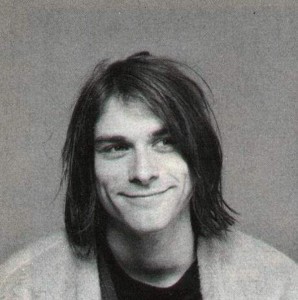 You state that each 27 died a different death but of the same shade of color. Trace the general path of a 27 for me.
You state that each 27 died a different death but of the same shade of color. Trace the general path of a 27 for me.
As I describe, these are self-destructive people who kill themselves. Only Kurt Cobain is a registered suicide, by which I mean that ‘suicide’ is the registered cause of death. But if you abuse drink and drugs relentlessly, in spite of warnings from doctors and others that you may well die, it’s your own fault if you peg out. And my sense is that all six knew that.
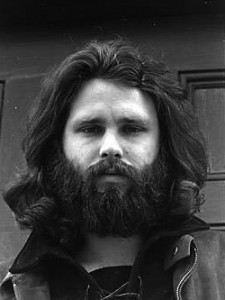 “You’re drinking with number 3,” Jim Morrison told a friend shortly after Jimi and Janis died. Interesting that a lot of the 27 club had premonitions they wouldn’t make 30.
“You’re drinking with number 3,” Jim Morrison told a friend shortly after Jimi and Janis died. Interesting that a lot of the 27 club had premonitions they wouldn’t make 30.
It is true that most if not all of the Big Six spoke about dying young, which seems prescient. But young people do tend to talk in such melodramatic terms. Clearly none of the 27s were psychic, so they couldn’t have known exactly what lay ahead (with the exception of Kurt Cobain who chose the time and place of his death). One of things I try to do in the book is to cut through the superstitious mumbo-jumbo associated with the 27 Club, the numerology and astrology nonsense (the Saturn Return!), and the conspiracy and murder theories which are so prevalent and so stupid. That is all nonsense cynically cooked up by other journalists and writers to make a buck, and then taken on board by feeble minded people who do not look objectively at the facts. These deaths are not supernatural. They were not pre-ordered. When you study the facts they are all too clearly and sadly explicable in terms of human frailty, which is what this book is about and is a harder reality to face than ‘Kurt Cobain was murdered’ or ‘It was all in the stars’.
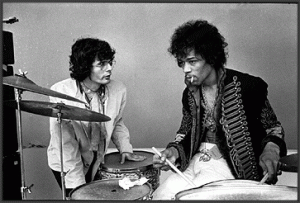 Talk to us about the role Morocco played in the deaths of early 27s.
Talk to us about the role Morocco played in the deaths of early 27s.
Morocco is a place you go to – especially from Europe – to have a sunshine holiday and get high. It’s close enough to get to easily and yet exotic and free and easy where drugs are concerned (though don’t get caught or you’ll be in trouble). So it draws dissolute people. This has been true for many years and was true in the 1960s. So when Brian Jones, Jim Morrison and Jimi Hendrix went on vacation towards the end of their lives they individually visited Morocco.
 There seem to be fewer 27’s in the last twenty years. Why is this? Better drugs? More awareness and treatment option?
There seem to be fewer 27’s in the last twenty years. Why is this? Better drugs? More awareness and treatment option?
There are still plenty of 27s, see the Long List at the end of the book and see the example of Amy Winehouse who drank herself to death just two years ago. It’s just that there were a cluster of very big names in the 1960s, Jimi Hendrix and Janis Joplin dying within weeks of each other. That’s what drew attention to what is essentially a coincidence. But behind the coincidence there is a very real, bleak and powerful story about young artists, with unhappy backgrounds, mental health issues and dissolute lives, destroying themselves in the music industry. Amy’s death is the starkest recent example that this is still happening. As Noel Coward warned, ‘Don’t put your daughter on the stage.’
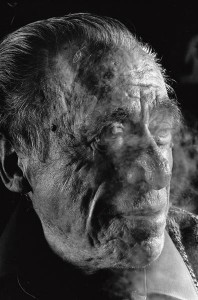 You wrote a great book on Bukowski. Can we get a quick quip before you go?
You wrote a great book on Bukowski. Can we get a quick quip before you go?
Bukowski wrote in his poem one for the shoeshine man that he was ‘locked in the arms of a crazy life’, which is why I gave my 1998 biography of Bukowski that title. I suppose we all feel locked in the arms of a crazy life. But most of us want the experience to last longer than 27 years.
 Howard Sounes is known for writing detailed and revelatory biographies of a wide range of extraordinary personalities, including author Charles Bukowski (Locked in the Arms of a Crazy Life) and musicians Bob Dylan (Down the Highway) and Paul McCartney (Fab). Each book is based on extensive original research. Sounes lives in London.
Howard Sounes is known for writing detailed and revelatory biographies of a wide range of extraordinary personalities, including author Charles Bukowski (Locked in the Arms of a Crazy Life) and musicians Bob Dylan (Down the Highway) and Paul McCartney (Fab). Each book is based on extensive original research. Sounes lives in London.

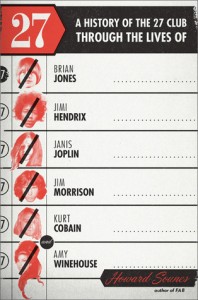


The 27-thing, interesting. Been noticing a strange mirror trend going on lately of musicos who survived the 27 club, but whose lives have been halted at the age of 72: Richie Havens, soul singer Howard Tate, producer Phil Ramone, Dave Clark Five co-founder Rick Huxley, singer Neil Diamond (OK that was an Internet hoax but it happened when the songman of Sweet Caroline was 72). And Lou Reed just missed it. Then again, Lou probably knew everyone else was doing it and decided to do them one better.
Brother Lou Reed was & always will be
ahead of the trends.
Brother Lou Reed
is the Trend
Those comments about Brian Jones are gossipy nonsense.